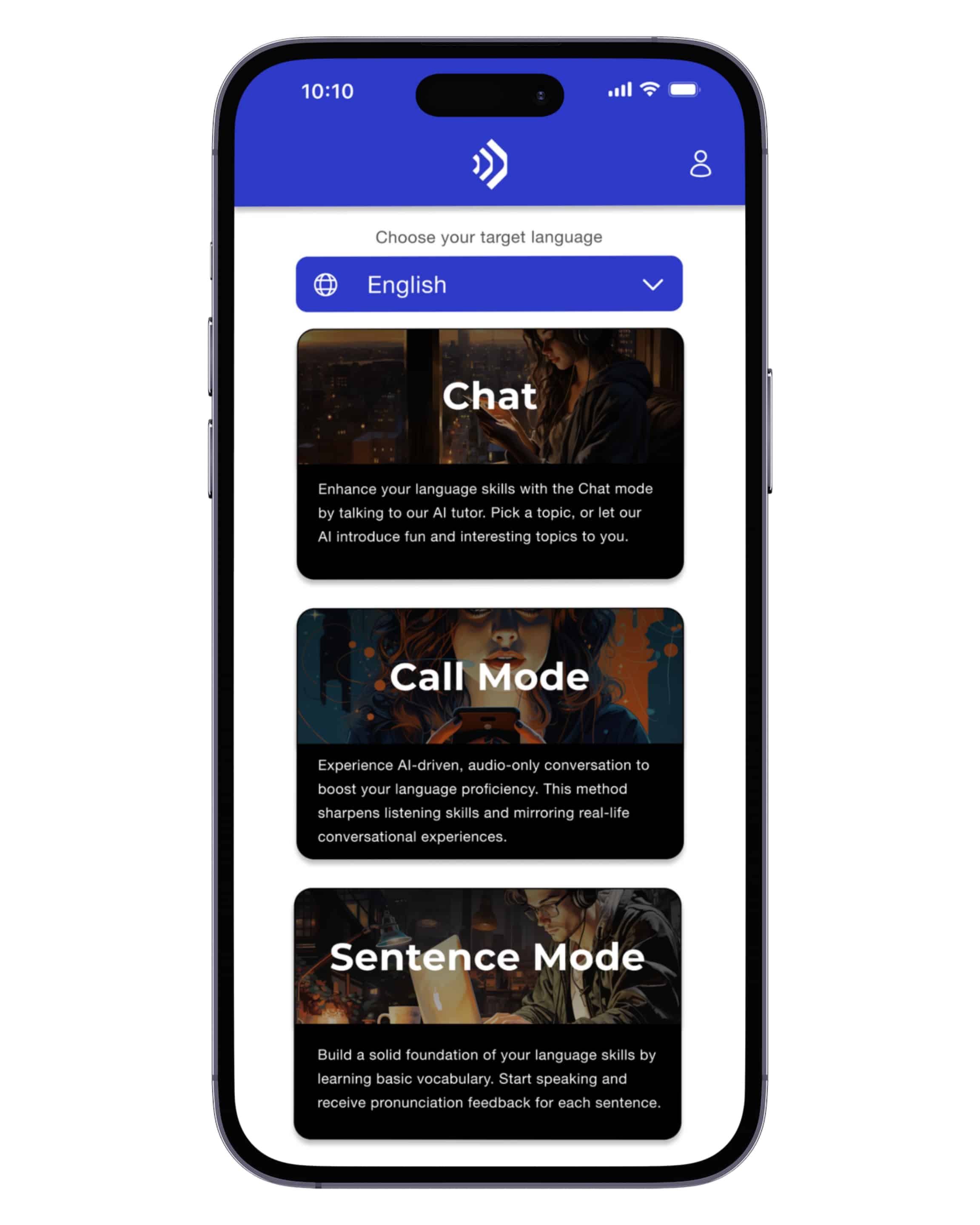Pick a language and start learning!
Mbele ya vs. Nyuma ya Grammar Exercises for Swahili Language

Understanding the usage of "Mbele ya" and "Nyuma ya" is crucial for mastering Swahili prepositions, as these terms are fundamental in describing spatial relationships. "Mbele ya" translates to "in front of" or "before," and is used to indicate that something is positioned ahead or prior to another object or event. For example, "Mbele ya nyumba" means "in front of the house." Conversely, "Nyuma ya" translates to "behind" or "after," and is used to describe something that is positioned at the back or occurs subsequently. For instance, "Nyuma ya gari" means "behind the car."
Grasping the nuances of these prepositions not only enhances your ability to navigate physical spaces in Swahili-speaking regions but also enriches your conversational and narrative skills. Through various grammar exercises, you will practice distinguishing between "Mbele ya" and "Nyuma ya" in different contexts, ensuring that you can accurately convey relationships between objects, events, and places. By engaging with these exercises, you will build a solid foundation in Swahili prepositions, making your communication clear and precise.
Exercise 1
<p>1. Gari langu liko *mbele ya* nyumba yangu (position in front).</p>
<p>2. Mti mkubwa upo *nyuma ya* nyumba ya jirani (position behind).</p>
<p>3. Shule iko *mbele ya* ofisi ya posta (position in front).</p>
<p>4. Bustani nzuri iko *nyuma ya* jengo la maktaba (position behind).</p>
<p>5. Samaki wanaogelea *mbele ya* mashua yetu (position in front).</p>
<p>6. Duka la vitabu lipo *nyuma ya* hoteli kubwa (position behind).</p>
<p>7. Uwanja wa michezo uko *mbele ya* shule ya msingi (position in front).</p>
<p>8. Kiti chako kiko *nyuma ya* meza kubwa (position behind).</p>
<p>9. Mkutano utaanza *mbele ya* jengo la ukumbi wa mikutano (position in front).</p>
<p>10. Maji ya mto hupita *nyuma ya* nyumba zetu (position behind).</p>
Exercise 2
<p>1. Gari linakaa *mbele ya* nyumba (position of the car relative to the house).</p>
<p>2. Watoto wanacheza *nyuma ya* shule (position of children relative to the school).</p>
<p>3. Duka la mboga lipo *mbele ya* soko (position of the grocery store relative to the market).</p>
<p>4. Miti mikubwa imepandwa *nyuma ya* nyumba (position of the big trees relative to the house).</p>
<p>5. Bustani iko *mbele ya* jengo la ofisi (position of the garden relative to the office building).</p>
<p>6. Mbwa amelala *nyuma ya* gari (position of the dog relative to the car).</p>
<p>7. Kiti kipo *mbele ya* meza (position of the chair relative to the table).</p>
<p>8. Uwanja wa michezo uko *nyuma ya* shule (position of the playground relative to the school).</p>
<p>9. Mgeni amesimama *mbele ya* mlango (position of the guest relative to the door).</p>
<p>10. Samaki wanaruka *nyuma ya* meli (position of the fish relative to the ship).</p>
Exercise 3
<p>1. Gari liko *mbele ya* nyumba (position in front of).</p>
<p>2. Mtoto anakimbia *nyuma ya* mti (position behind).</p>
<p>3. Alisimama *mbele ya* darasa kuzungumza (position in front of).</p>
<p>4. Mbwa amelala *nyuma ya* sofa (position behind).</p>
<p>5. Kitabu kipo *mbele ya* meza (position in front of).</p>
<p>6. Paka amejificha *nyuma ya* pazia (position behind).</p>
<p>7. Walimu wamekaa *mbele ya* wanafunzi (position in front of).</p>
<p>8. Kikombe kiko *nyuma ya* chupa ya maji (position behind).</p>
<p>9. Mwalimu anatembea *mbele ya* darasa (position in front of).</p>
<p>10. Baiskeli imeegeshwa *nyuma ya* gari (position behind).</p>






